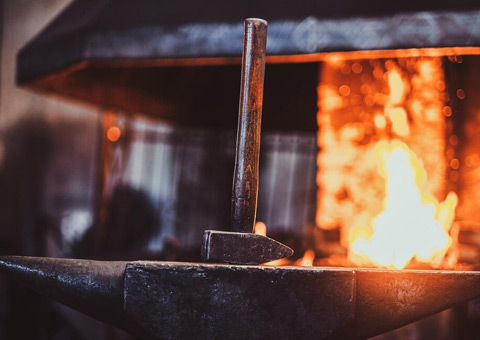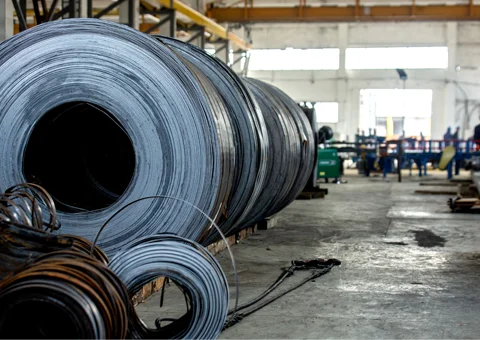LAUNCESTON, Australia (Reuters) - The strength in China's iron ore imports this year stands in stark contrast to the weakness in steel production and demand, setting up a dilemma as to how the contradiction will be resolved.
China, which buys about 75% of global seaborne iron ore, imported 102.3 million metric tons in May, according to customs data, marking a third straight month of arrivals of more than 100 million tons. For the first five months of the year, imports of the key steel raw material were 513.75 million tons, a gain of 7%.
However, China's crude steel output fell in April to 85.94 million tons, down 2.6% from March and 7.2% from the same month in 2023, according to official data.
In the first four months of 2024, China produced 343.67 million tons of crude steel, down 3% year-on-year.
While official numbers for May are yet to be released, data from the China Iron and Steel Association, which represents the country's biggest mills, suggest steel output is unlikely to have staged much of a recovery last month.
Steel mills are also suffering from weak margins, with data from price reporting agency Argus showing that in the last 10 days of May, profits for producing hot-rolled coil dropped by 20 yuan ($2.76) a ton to between 50 and 100 yuan.
Sentiment among steelmakers has yet to be lifted by Beijing's ongoing efforts to boost the key housing construction industry.
Steel demand and industry sentiment may rise in the second half as stimulus measures start to have an impact, but for now the reality of soft demand for steel is outweighing hopes for a recovery.
This begs the question as to how long iron ore imports can remain at robust levels. The rising imports haven't been used to make more steel -rather they have been used to rebuild inventories.
Port stockpiles monitored by consultants SteelHome rose to 147.3 million tons in the week to June 7, the highest in 25 months. They have been climbing steadily since reaching a seven-year low of 104.9 million tons in the last week of October, and are now 42.4 million tons higher.
PRICE IMPACT
There is also a solid correlation between iron ore prices and China's imports, and part of the strong import story can be ascribed to the decline in prices between the start of the year and the low so far this year in April.
Iron ore contracts traded on the Singapore Exchange hit an 18-month high of $143.60 a ton on Jan. 3 before falling to $98.36 on April 4.
This means that the bulk of the iron ore delivered up until the end of May was bought while prices were dropping. However, since the April low prices have recovered, reaching a high of $119.64 a ton on May 6.
Since then the weaker sentiment in the steel sector has weighed on iron ore, with the contract ending at $107.06 on Monday. In the absence of rising steel demand in China, steel mills are known to suffer weak margins if iron ore prices are above $100 a ton.
This implies that the most likely way for the current divergence between iron ore imports and weak steel output to be resolved is through lower iron ore prices and import volumes. Of course, any signs that steel demand is actually strengthening will change the market dynamics, but so far these signs are missing in action.
The rise in inventories over the last seven months works out to an average gain of 6.06 million tons a month, which goes some way to explaining the recent strength in iron ore imports.
There is still some scope for stockpiles to rise further before they reach the record high of 160.6 million tons from May 2018.

